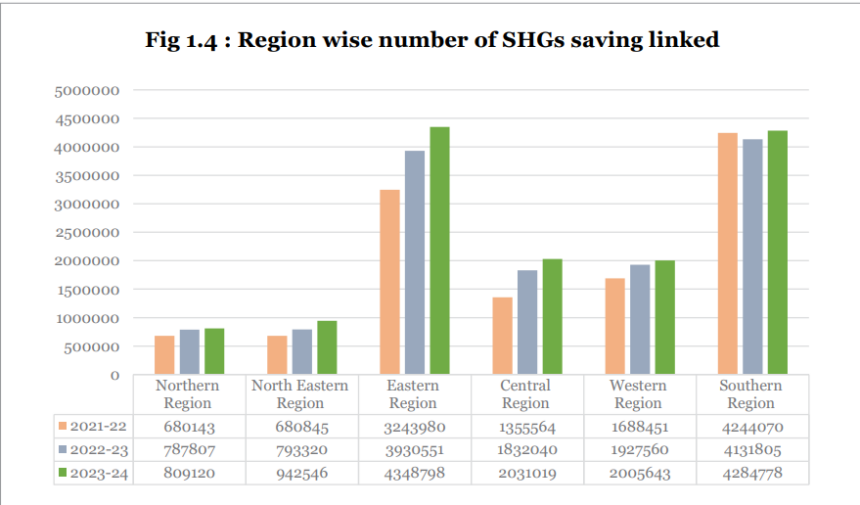Syllabus: Economic system
Supply: TH
Context: Karnataka handed the Micro Mortgage and Small Mortgage (Prevention of Coercive Actions) Invoice, 2024, following rising borrower suicides and public backlash towards coercive restoration techniques by unregistered microfinance brokers.
What’s Microfinance?
Microfinance offers small loans, financial savings, insurance coverage, and remittance providers to low-income, unbanked populations.Developed within the Eighties with SHG-Financial institution Linkage Programme; institutionalised through NABARD and later regulated by RBI.
E.g. As of FY25 Q3, India’s microfinance mortgage portfolio touched ₹3.91 lakh crore (CRIF report).
Significance of Microfinance Establishments (MFIs) in India
Monetary Inclusion Catalyst: MFIs attain rural poor, particularly ladies, outdoors the scope of formal banking.
E.g. Karnataka alone has 63 lakh distinctive microfinance debtors (MFIN information).
Ladies Empowerment: Many MFIs lend primarily to ladies, selling monetary independence and social mobility.Livelihood Era: Microloans assist agriculture, dairy, petty commerce, and MSMEs.SHG-Pushed Growth: SHG-Financial institution Linkage Mannequin has mobilized over 1 crore SHGs throughout India.
E.g. ₹100,000 crore credit score disbursed through SHGs in FY24 (NABARD).
Rural Credit score Circulation: Reduces casual sector borrowing and exorbitant rates of interest.
E.g. MFIs provide loans at 18–26% curiosity vs 60–120% by moneylenders.
Issues Plaguing Microfinance Establishments:
Coercive Restoration Practices: Aggressive restoration by unregulated MFIs results in harassment, suicides.
E.g. Karnataka reported 22–38 deaths in 6 months resulting from mortgage stress (The Hindu).
Unregulated Gamers: Fly-by-night lenders working with out RBI registration.Political Interference & Moratorium Tradition: Election guarantees of waivers disrupt compensation tradition.
E.g. Assam’s 2021 MFI disaster resulting from mortgage waiver bulletins.
Over-indebtedness & A number of Loans: Lack of centralized credit score monitoring causes debt spirals.Information Transparency & Credit score Danger: Poor credit score evaluation fashions and NPA surges.
E.g. Karnataka MFI mortgage e-book dropped from ₹42,000 crore to ₹34,000 crore in 2024.
Approach Ahead:
Authorized Framework & Licensing: Implement the RBI’s Truthful Practices Code & limit unregistered lenders.Grievance Redressal Mechanism: Arrange native ombudsman system for borrower complaints.Credit score Info Integration: Use credit score bureaus to forestall over-lending and borrower overexposure.Monetary Literacy Campaigns: Educate debtors on debt limits, compensation norms, and authorized protections.Moral Lending Practices: Encourage social efficiency ranking of MFIs and group monitoring.
E.g. Submit-2011 reforms in Andhra Pradesh improved transparency and borrower rights.
Conclusion:
Whereas microfinance performs a pivotal function in fostering monetary inclusion and ladies’s empowerment, the Karnataka disaster reveals systemic flaws in regulation and borrower safety. A balanced strategy is required—one which ensures credit score entry whereas upholding borrower dignity and institutional accountability.
PYQ:
What are the principle constraints in transport and advertising of agricultural produce in India? (UPSC-2020)


